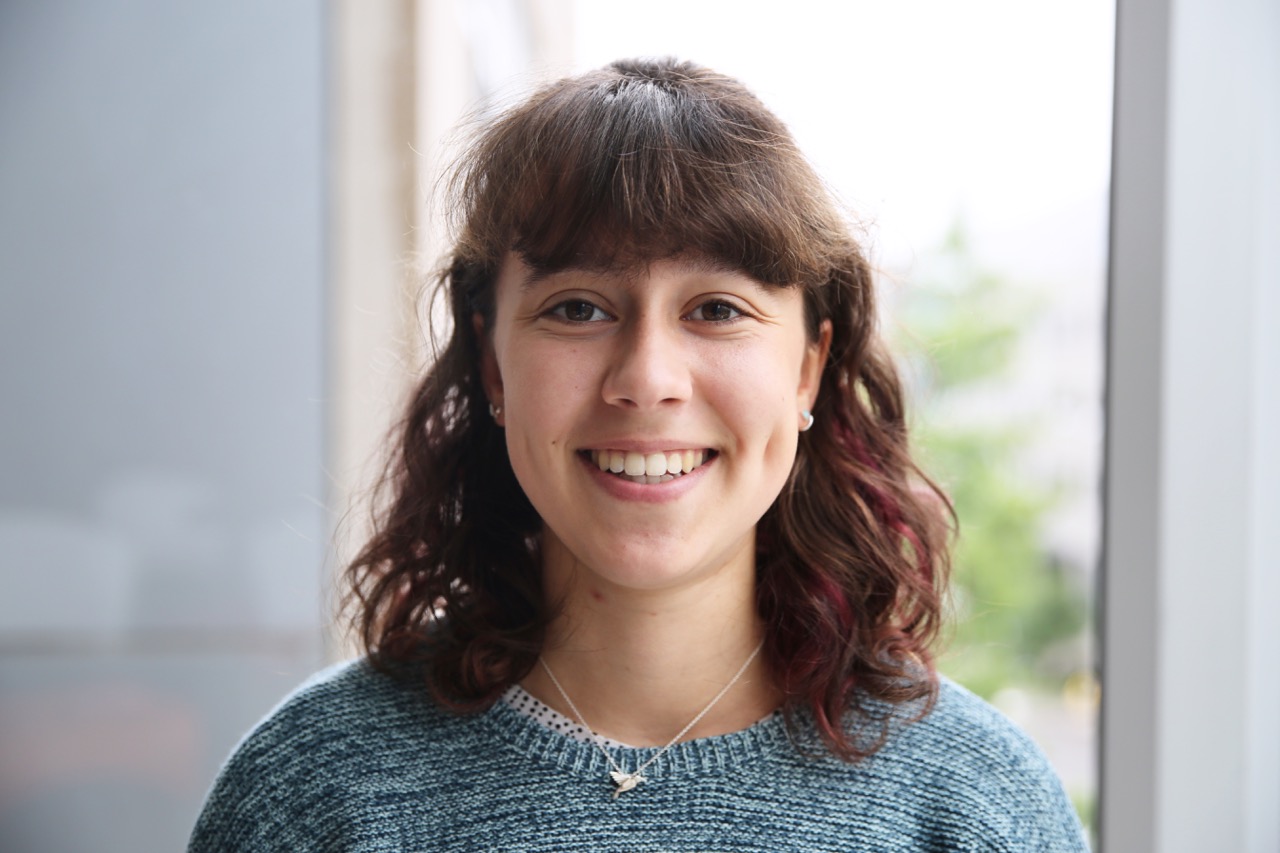ISB Undergrad Intern Publishes Paper in Journal
 isbscience.org/news/2017/02/24/isb-undergrad-intern-publishes-paper-journal/
isbscience.org/news/2017/02/24/isb-undergrad-intern-publishes-paper-journal/
Congratulations to Lena Joesch-Cohen (pictured above), who was one of ISB’s 2016 summer undergrad interns, just published a paper on the project she completed with Gustavo Glusman (Principal Scientist, Hood Lab). “Differences between the genomes of lymphoblastoid cell lines and blood-derived samples” was published on Feb. 23, 2017, in Dove Press. In a recommendation letter that Gustavo wrote to support Lena, he said this:
“Lena is an outstanding scholar. Despite having interned with me just after her first year of college, she essentially performed at doctoral level. Let me give one example of this. Less than one month into her internship, I was temporarily absent for family reasons. As I was about to leave, Lena told me she had completed all the analyses we had outlined; pressed for time, I suggested she start documenting the work. When I returned to the lab a couple of days later, Lena had penned a first draft of a manuscript describing her project! A scholarly introduction with references, the methods used, preliminary results with figures, and an outline of discussion points were all there.”






